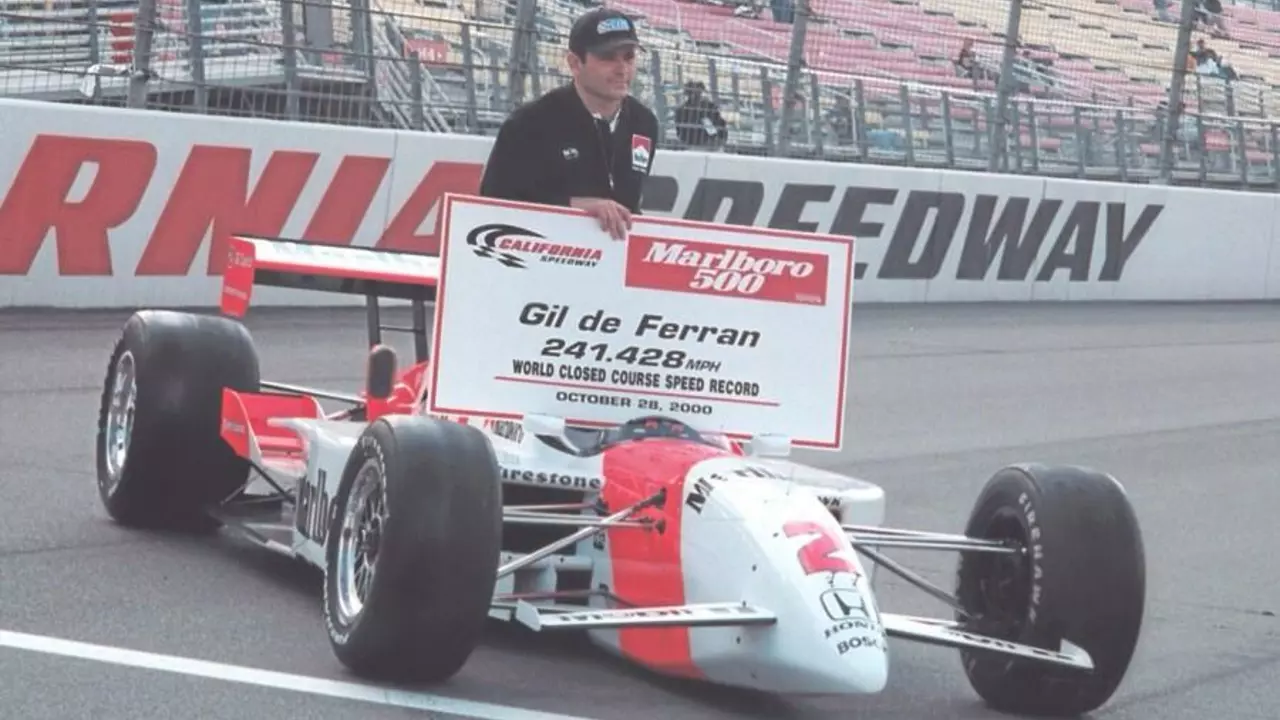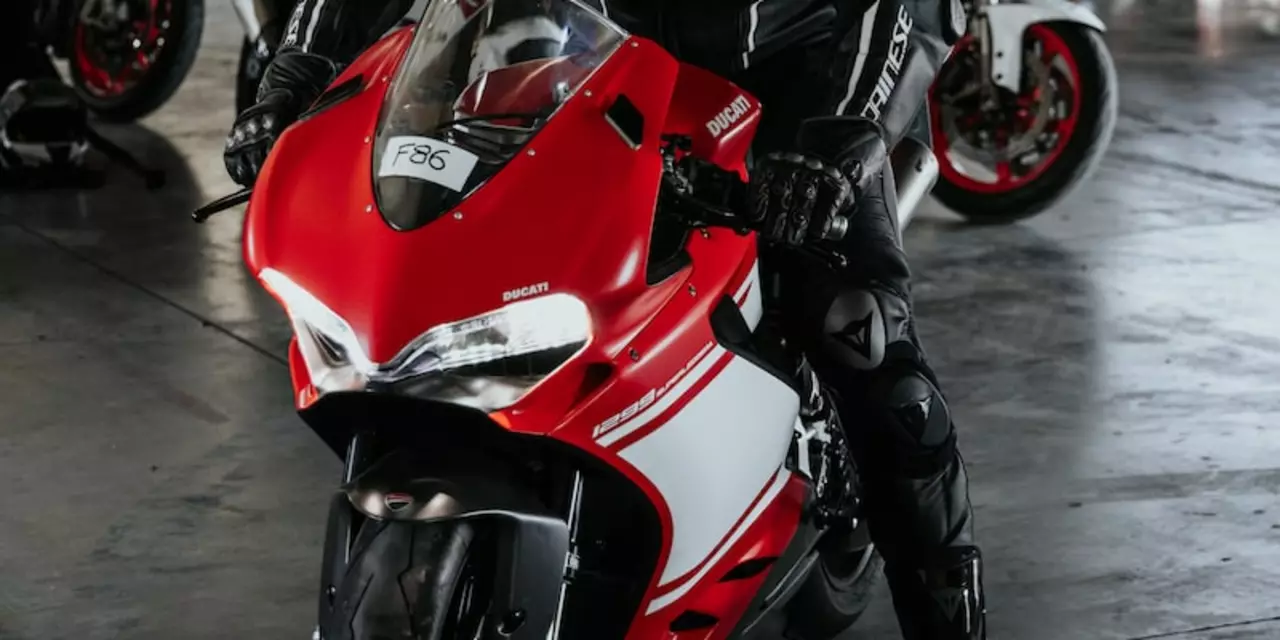Racing Hub – All the Action You Need
Welcome to the racing tag page where we bring you the hottest motorsport stories straight from the track. Whether you love the roar of a Subaru rally car or are curious about the toughest racing events, you’re in the right spot.
We cover everything from high‑speed circuit battles to gritty off‑road challenges. Expect quick updates, behind‑the‑scenes facts, and practical tips that help you follow the sport like a pro.
Why Some Racing Disciplines Test Your Body
Ever wonder which motorsport pushes a rider’s body to the limit? MotoGP tops the list. Riders face up to five G‑forces and heart rates that spike past 180 bpm. It feels like a marathon mixed with a roller‑coaster, and every second on the bike counts.
The physical grind isn’t just about speed. Managing the bike, reacting to rapid changes, and keeping focus for an entire race demand serious stamina. That’s why many fans call MotoGP the most physically demanding motorsport out there.
Which Racing Demands the Sharpest Skills?
If skill is your focus, rally racing steals the spotlight. Drivers sprint through unpredictable terrain, shifting weather, and tight hairpins while listening to a co‑driver’s pace notes. It’s a juggling act of car control, navigation, and split‑second decision‑making.
Unlike circuit racing where the track stays the same, rally courses change every lap. The ability to adapt instantly makes rally the ultimate test of driver and co‑driver teamwork.
On the other hand, IndyCar and Formula 1 showcase pure precision and aerodynamics. IndyCar fans often ask why the series doesn’t copy F1’s global branding. The answer lies in different market strategies and historic roots, not a lack of talent.
Both series produce spectacular racing, but IndyCar stays more America‑focused while F1 chases worldwide exposure. Understanding these nuances helps you appreciate each series’ unique appeal.
Subaru’s own motorsport story fits right into the racing tag. From the iconic Subaru Impreza rally wins to modern WRX track battles, the brand’s racing DNA is all about grit and reliability. If you own a Subaru or just love the badge, you’ll enjoy our coverage of its latest achievements.
We also dive into practical gear tips. Want to know how to pick a helmet that balances safety and comfort? Or which tires give you the best grip on a wet road? Our short guides break down the tech without drowning you in jargon.
Stay tuned for upcoming race previews, post‑race analyses, and fan spotlights. We’ll keep the content fresh, so you never miss a beat when the next lap comes around.
Got a burning question about a specific race or driver? Drop a comment and join the conversation. Racing is as much about the community as it is about the speed.
So buckle up, hit the refresh button, and dive into the world of racing with us. The track is waiting, and there’s always something new to learn.








